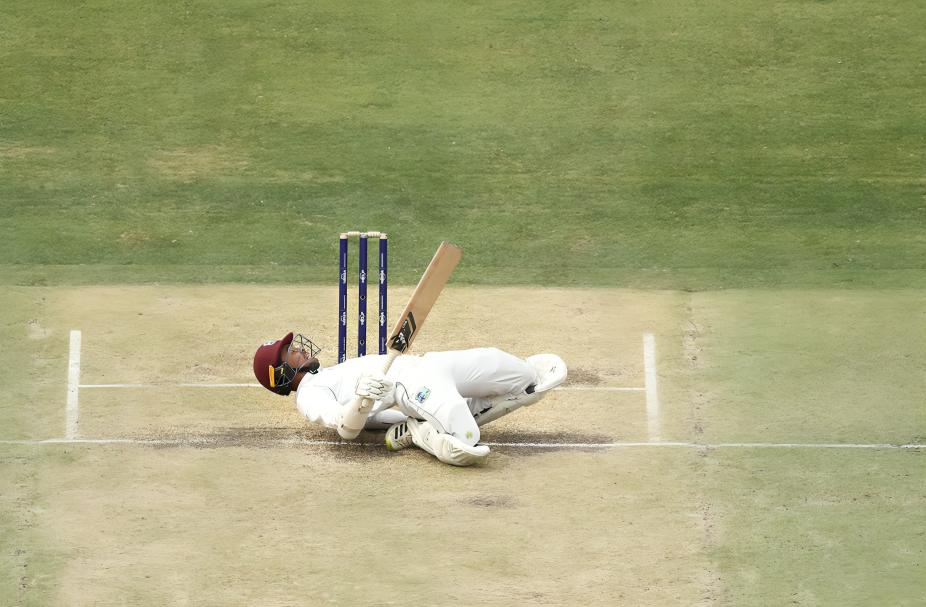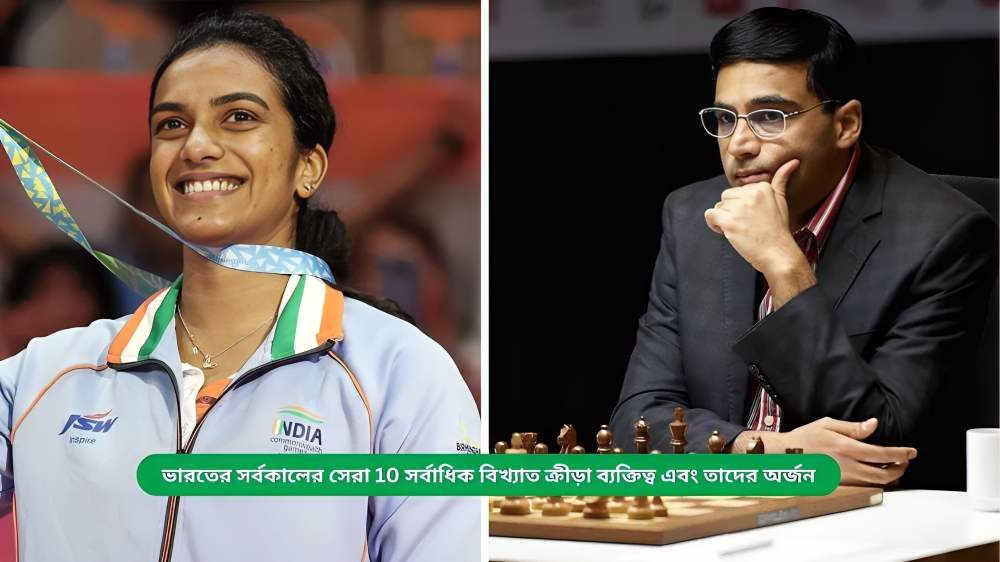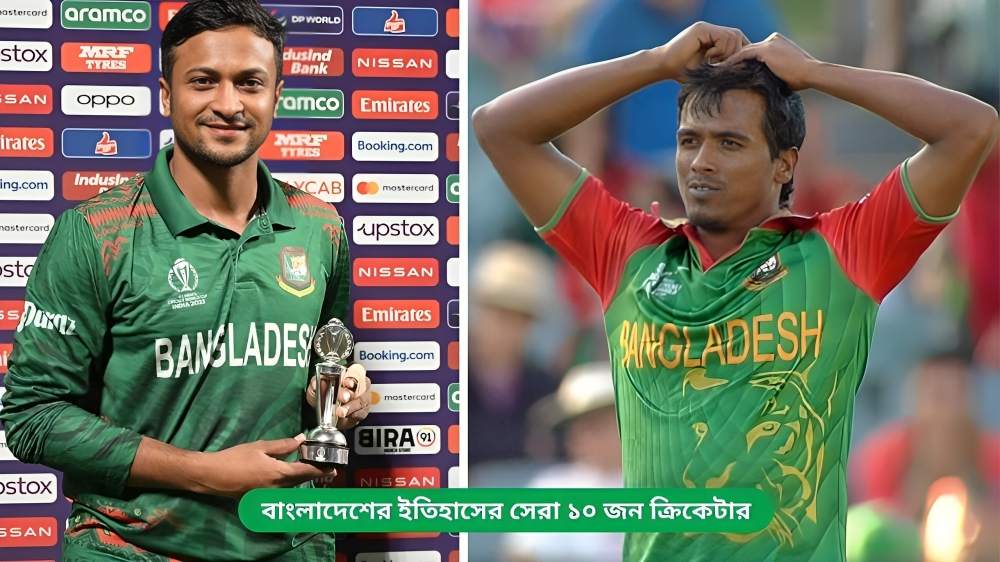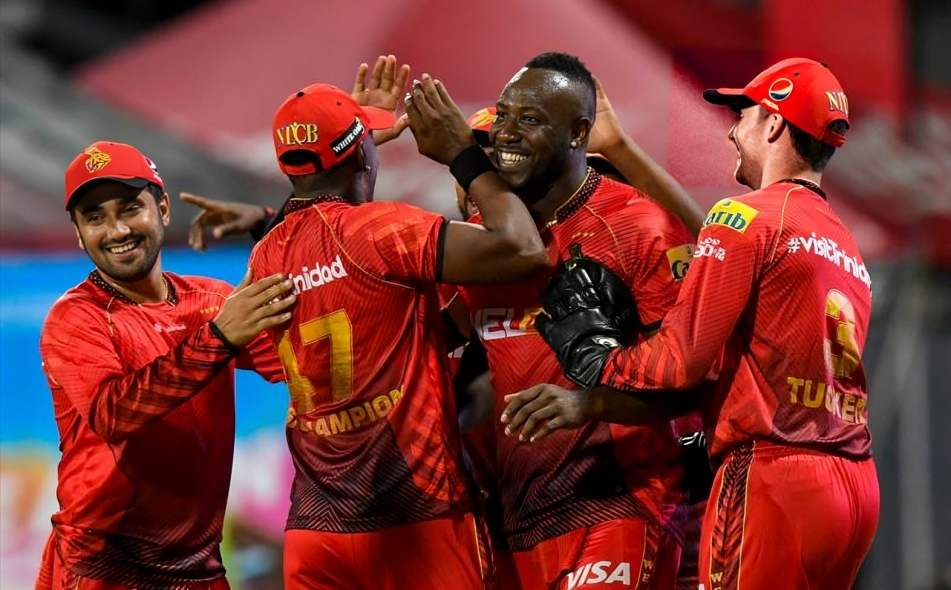A “duck” in cricket refers to a batsman being dismissed without scoring any runs. This term is commonly used by commentators, experts, and fans, highlighting both the disappointment for the batter and the achievement of the bowler. While the term may seem unusual, it has become widely recognized as part of cricket terminology, symbolizing a moment of anguish for batters and delight for bowlers. Its association with cricket has made its standard lingo known to fans worldwide.
Who has the most ducks in cricket history?
| Players | Ducks | Matches | Innings | Total Runs |
| Muttiah Muralitharan (Sri Lanka) | 59 | 495 | 328 | 1936 |
| Courtney Walsh (West Indies) | 54 | 337 | 264 | 1257 |
| Sanath Jayasuriya (Sri Lanka) | 53 | 586 | 651 | 21032 |
| Glenn McGrath (Australia) | 49 | 376 | 376 | 761 |
| Mahela Jayawardene (Sri Lanka) | 47 | 652 | 725 | 25957 |
Sri Lankan legend Muttiah Muralitharan holds the record for the most ducks in international cricket, having been dismissed 59 times without scoring. Although it’s a record few would envy, Muralitharan’s achievements overshadow this statistic, as he also holds the record for most wickets in international cricket. Given his remarkable contributions with the ball, his batting struggles are often overlooked, highlighting his legacy as one of the game’s greatest bowlers.
What is a duck in cricket – Meaning of the term

In cricket, a “duck” occurs when a batsman is dismissed without scoring any runs, resulting in a score of 0 next to their name. This situation is one that every batter aims to avoid, as their primary objective is to accumulate runs and contribute to their team’s success. Being dismissed for a duck can be particularly embarrassing for a player. Conversely, for bowlers, dismissing a batsman for a duck is a significant achievement and a source of immense satisfaction. While ducks can happen, they are less frequent in professional cricket due to the high skill levels of modern batsmen.
What is a duck in cricket: Its Origin
The term “duck” in cricket, referring to a batsman being dismissed without scoring, is believed to stem from the visual similarity between the number zero on the scoreboard and a duck’s egg. This concept is also reflected in baseball, where a scoreless outcome is called a “goose egg.”
The origins of the term can be traced back to Prince Edward VII, known for his passion for cricket during his school years. In July 1866, during a match between I Zingari and Norfolk, he faced great expectations from spectators but was quickly dismissed without scoring. A reporter for the Daily Times covered the event, stating that Edward “returned to the pavilion for a duck’s egg.”
While it is uncertain if earlier references to “duck’s egg” existed, this incident significantly popularized the term in cricket. Today, “duck” is a common and often dreaded occurrence for batsmen, while it brings immense joy to bowlers who achieve it.
What are the different types of ducks in cricket?
In cricket, the term “duck” signifies a batsman’s dismissal without scoring any runs, but several variations exist, each describing specific circumstances of being out for zero. Here are some notable types of ducks:
- Regular Duck: When a batsman is dismissed for zero after facing multiple deliveries. The record for the longest duck belongs to New Zealand’s Geoff Allott, who was out after facing 72 balls.
- Golden Duck: A batsman dismissed on the very first ball faced in an innings. Indian batter KL Rahul experienced two golden ducks against Pakistan recently.
- King Pair: When a batsman gets golden ducks in both innings of a match.
- Diamond Duck: Occurs when a batsman is out without facing a legal delivery, such as getting run out on a wide ball.
- Platinum Duck: A dismissal on the first ball of the match, sometimes referred to as a Royal Duck.
- Laughing Duck: When the final wicket falls without scoring, often highlighting tailenders’ batting struggles.
- Silver Duck: A batsman dismissed without scoring on the second ball faced.
- Bronze Duck: When a batsman is out for zero on the third ball.
- Titanium Duck: Similar to a Diamond Duck but occurs on the first ball of the team’s innings without a legal delivery faced.
These terms enrich the cricketing lexicon, adding flavor to the game’s statistics and narratives.













